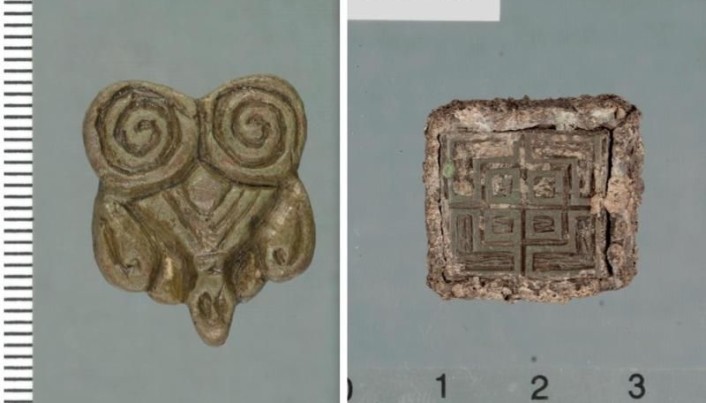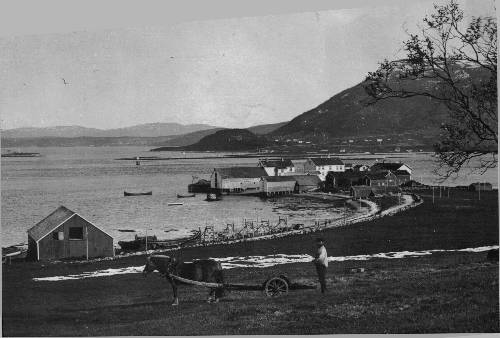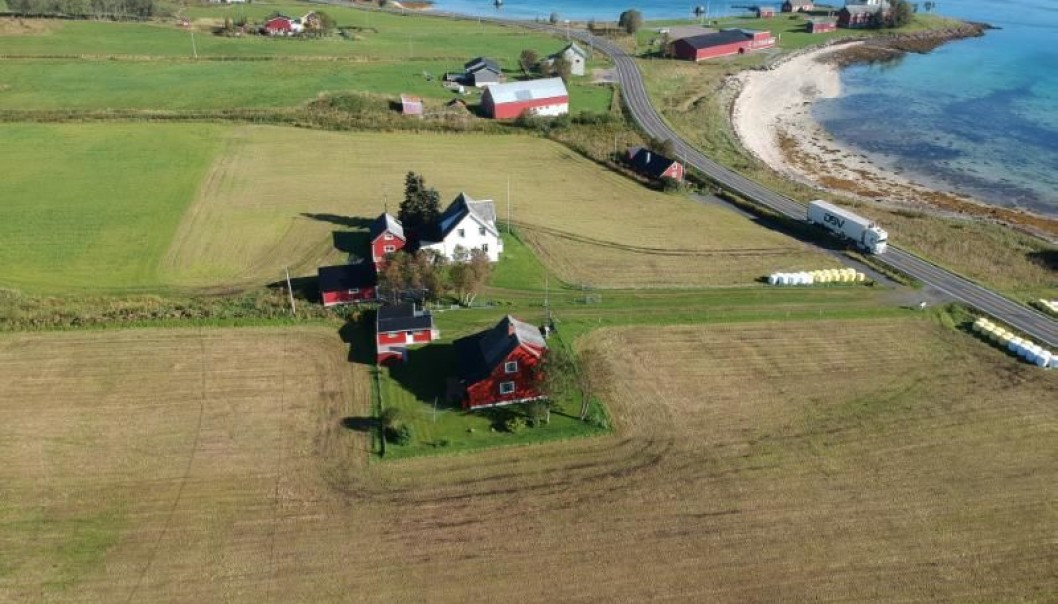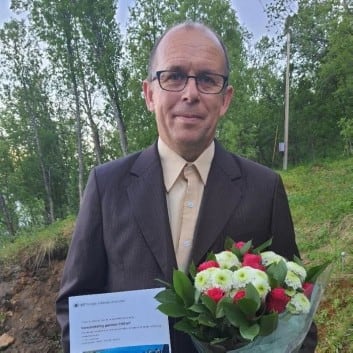Norwegian student uses metal detector to find evidence of unknown Viking marketplace
Categories: Finds and rescue research abroad , Nálezy nejenom s detektorem ve Skandinávii
A fifty-three-year-old archaeology student at the University of Tromsø has discovered evidence of a previously unknown Viking trading centre in the village of Sandtorg in northern Norway. Using a metal detector, Tor-Ketil Krokmyrdal found silver currency, pins, jewellery and a large number of iron and other artefacts. Analysis of the objects suggested that some had been imported from Ireland, others from Finland and even mainland Europe as early as the 9th century. Thanks to his detector finds, the village of Sandtorg has become the oldest documented trading post in northern Norway.
Tor has been employed by the post office for many years, working in logistics, but he started doing detector work and then archaeology in parallel a few years ago when he read the book "Norwegian Farm Names" by Oluf Rygh. In them he read about the supposed origin of the village name Sandtorg: Sandr means "sandy" and torg means "square", which is the collective name for the marketplace. Thus loosely translated as "market on the sand" (beach).
Although until then there were no written sources or archaeological finds to confirm the origin of the name, he began to systematically search the site from about 2013. Initially, he found nothing of interest along the shoreline, not realizing that at the time of the Vikings the water level, and thus the marketplace, was higher. But when he moved a little further offshore, the first successes came...
He summarised the results of several years of individual research in a master's thesis, the conclusions of which have now surprised the Norwegian scientific community. According to earlier sources, the village had been documented as a trading post since the early 13th century. However, Krokmyrdal's discoveries have pushed the history of the village back at least 300 years. "This discovery means that scholars must now think again about how societies and trade worked in the age of the Vikingers and the early Middle Ages," said Marte Spangen, supervisor of Krokmyrdal's master's thesis.
The professor is delighted with her student's performance: 'It is very unusual for students today to have their own research in the field and even less common to find their own material. The individual findings of Krokmyrdal may be important for understanding the whole market network of the time and, among other things, what activities related to theiron production took place in northern Norway," Spangen explained, adding that the findings are likely to increase the importance of using metal detectors in research activities.
Sandtorg lies on the shores of the Tjeldsundet Strait. It was an ideal harbour for ships sailing in the strong currents here. In addition, "the location is also very strategic in terms of trade," said Krokmyrdal. "The current in Sandtorg is really strong and all the ships had to wait for the current to turn so they could continue their journey," he added. Norse sagas suggest that local lords controlled the area around Tjeldsundet and probably organised shipping here as early as the Iron Age. During the Viking period, it was already a lively trading crossroads where huge amounts of goods were exchanged and changed hands.
Apart from trade, the local people probably also specialised in ship repair and shipbuilding. The considerable amount of iron from the Krokmyrdal discoveries could be related to this activity. If the theory is confirmed, it would be a unique find in the whole of Norway. It is already confirmed that there was a long-active forge in the village.
Tor-Ketil Krokmyrdal has received permission from the National Heritage Board to search with a metal detector. He now wants to continue his research in places that were previously protected, where the detector was not allowed without permission. After graduation, he plans to pursue archaeology fully professionally - he will be part of the research team on the Hålogaland motorway project. However, he has been working as a detectorist for many years with the museum in Tromsø and is responsible for a large part of the collection there.
Roman Nemec

Lead weight with bronze decoration probably of Irish origin

Imports at the time of the Vikings - on the left fittings of eastern origin, on the right weights probably from Ireland

Silver plate with shearing at both ends

Sandtorg in 1895 - source Wikipedia

The present day village of Sandtorg

Photo from 2013 - Tor Ketil Krokmyrdal in front of the study with the finds given to the local museum

Tor Ketil Krokmyrdal
Sources: sciencenorway.no, itromso.no, thehistoryblog.com,
The article is included in categories: